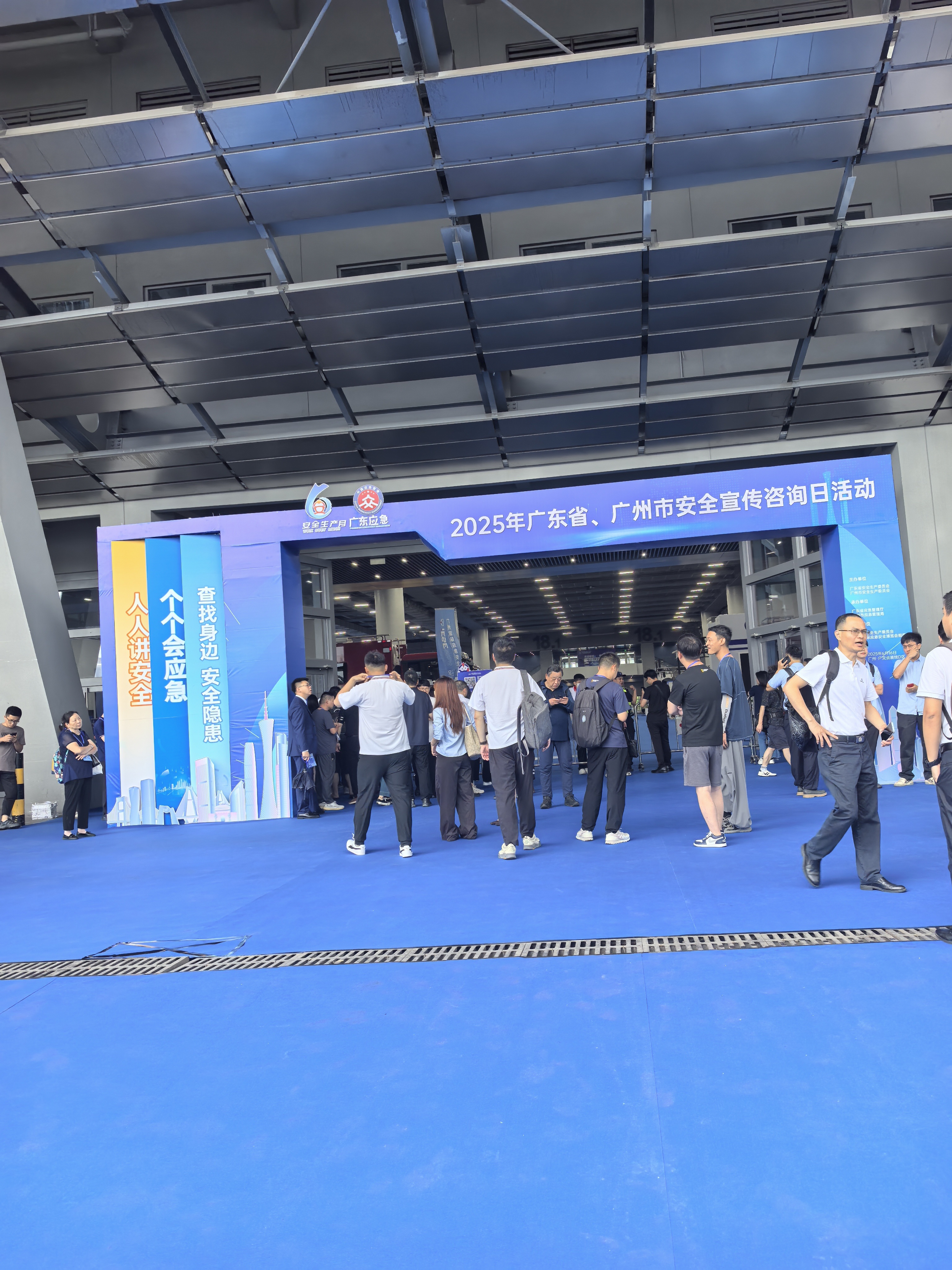hotline:020-29026320 |13903018415
-
-

Radiation detection instrumentation
-
HYGP-2223 exposure type X, γ radiation measuring instrument
-
HYGP-2223BX, gamma dose rate meter (with tripod)
-
FI-329M intelligent household nuclear radiation detector
-
HY-2000M digital multi-channel gamma spectrometer
显示更多 -
-
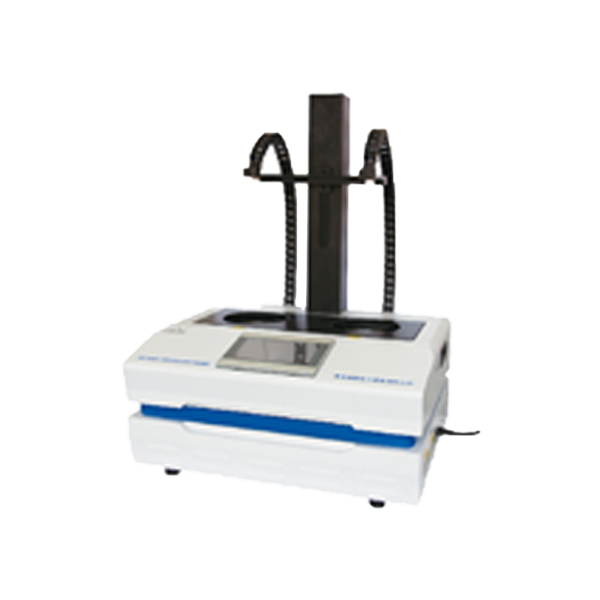
Laboratory Equipment
-
Radioactive distillation apparatus in water
-
2200Q portable turbidity meter
-
SPE Solid Phase Extraction Device
-
Portable spectrophotometer
显示更多 -
-
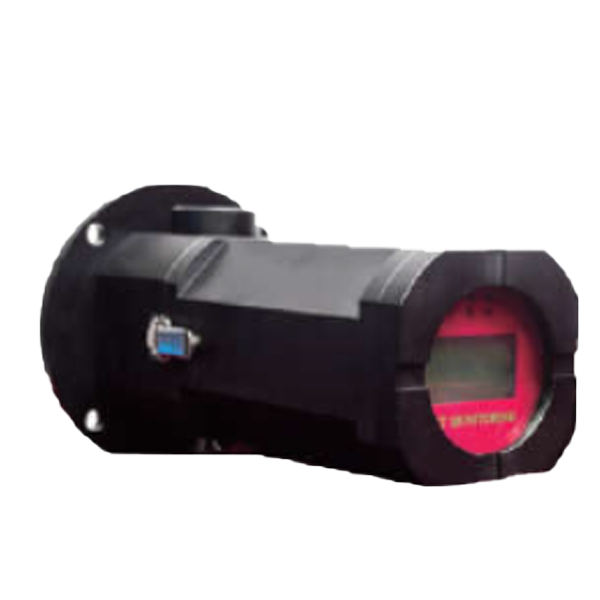
Portable environmental monitoring equipment
-
VOCs gas analyzer
-
Portable handheld VOC detector
-
Portable all-in-one multi-parameter analyzer
-
Dust detector
显示更多 -
-
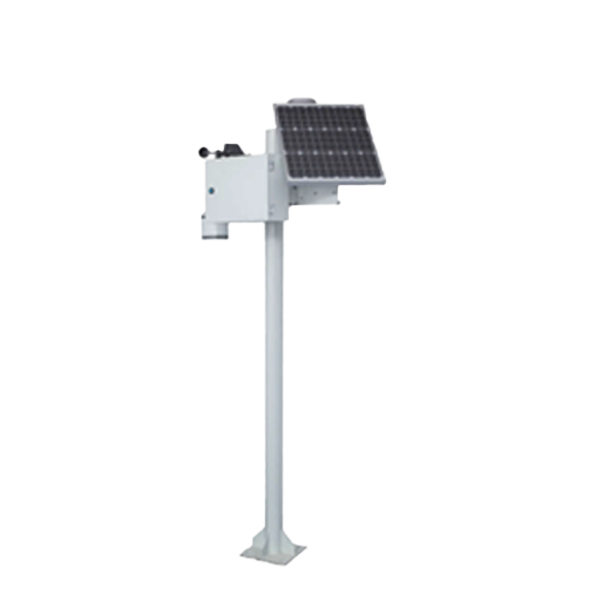
Environmental online monitoring system
-
CM-WG8200 grid air quality detection system
-
On-line monitoring system for CM-VOCs-5000 volatile organic compounds
显示更多 -
-

UAV Online Environmental Monitoring
-
OS-2 UAV Electromagnetic Environment Monitoring System
-
Nuclear emergency radioactive source search UAV
-
UAV Monitoring System
显示更多 -
-
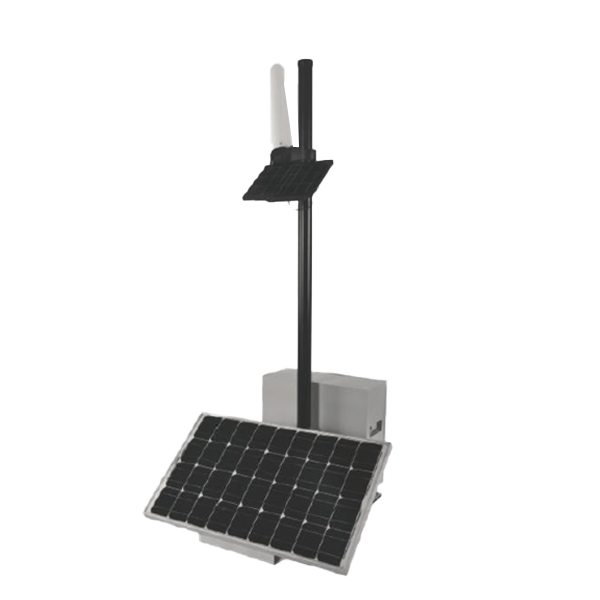
On-line Monitoring System of Electromagnetic Radiation
-
On-line Monitoring System of Electromagnetic Radiation
-
Automatic Monitoring System of HYEH460 Electromagnetic Radiation
-
HY-900A launch type radiation environment automatic monitoring station
-
OS-8 S Frequency Selective Electromagnetic Environment Online Monitoring System
显示更多 -
-
Navigating the Nuances of Radiation Detection Instrumentation
2025-06-24

Understanding Radiation Detection Instrumentation
Hey there! Ever found yourself pondering how we keep tabs on radiation in our world? It’s a big deal, especially when you consider the role of radiation detection instrumentation in both safety and scientific research. From medical applications to nuclear energy, these tools are everywhere, and they’re more vital than you might think!
The Basics: What Are We Talking About?
Alright, let’s break it down. Radiation detection instrumentation refers to a collection of devices used to measure and analyze radiation levels in various environments. Think Geiger counters, scintillation detectors, and dosimeters—each one plays a unique role in keeping us informed about the invisible forces around us.
Why Is It Important?
You might be wondering, why should we care? Well, the truth is, radiation is not just a sci-fi concept; it’s part of our daily lives. From the natural background radiation we all experience to the radiation used in medical imaging, having the right instrumentation helps ensure our health and safety. Plus, in the field of nuclear power, accurate measurements are paramount to prevent accidents and maintain operational safety.
Innovations on the Horizon
As technology barrels forward, so does the field of radiation detection instrumentation. New advancements are making these devices smarter, smaller, and more efficient. For instance, the integration of IoT (Internet of Things) technology allows for real-time monitoring, alerting users instantly to any hazardous situations. Imagine a world where a simple app on your phone could inform you of radiation levels in your vicinity—pretty cool, right?
Applications in Daily Life
Let’s take a stroll through some practical applications of these nifty devices. In hospitals, radiation detection instrumentation ensures that patients undergoing X-rays or CT scans are exposed to safe levels of radiation. Similarly, in industries that utilize radioactive materials, such as nuclear energy and research laboratories, these instruments are crucial for maintaining safety standards.
Educating the Public
Public awareness is another crucial aspect. Many people have misconceptions about radiation and its risks, and radiation detection instrumentation plays a key role in education. By providing accurate data and transparent reporting, these instruments help demystify the science of radiation, empowering individuals to make informed decisions.
The Future Looks Bright
So, what does the future hold? As research continues to push boundaries, we can expect even more exciting developments in radiation detection instrumentation. Enhanced sensitivity, portability, and affordability are just a few trends that may emerge, making these essential tools accessible to more people and industries.
Final Thoughts
In a nutshell, radiation detection instrumentation is not only a fascinating subject but also a critical component of modern safety and health practices. As we continue to explore the applications and innovations in this field, it’s essential to stay informed and embrace the technology that keeps us safe from unseen hazards. So, next time you hear about radiation, you can confidently say, "I know how we keep track of that!"

COOKIES
Our website uses cookies and similar technologies to personalize the advertising shown to you and to help you get the best experience on our website. For more information, see our Privacy & Cookie Policy
COOKIES
Our website uses cookies and similar technologies to personalize the advertising shown to you and to help you get the best experience on our website. For more information, see our Privacy & Cookie Policy
These cookies are necessary for basic functions such as payment. Standard cookies cannot be turned off and do not store any of your information.
These cookies collect information, such as how many people are using our site or which pages are popular, to help us improve the customer experience. Turning these cookies off will mean we can't collect information to improve your experience.
These cookies enable the website to provide enhanced functionality and personalization. They may be set by us or by third-party providers whose services we have added to our pages. If you do not allow these cookies, some or all of these services may not function properly.
These cookies help us understand what you are interested in so that we can show you relevant advertising on other websites. Turning these cookies off will mean we are unable to show you any personalized advertising.
online message
Telephone:13903018415(Manager Wang)
Business: 020-29026320
E-mail:wangxueli@haiyoukj.com
Address: Room 703, Tian 'an Innovation Building, Panyu Energy Saving Science Park, 555 Panyu Avenue North, Donghuan Street, Panyu District, Guangzhou

Sweep code attention


